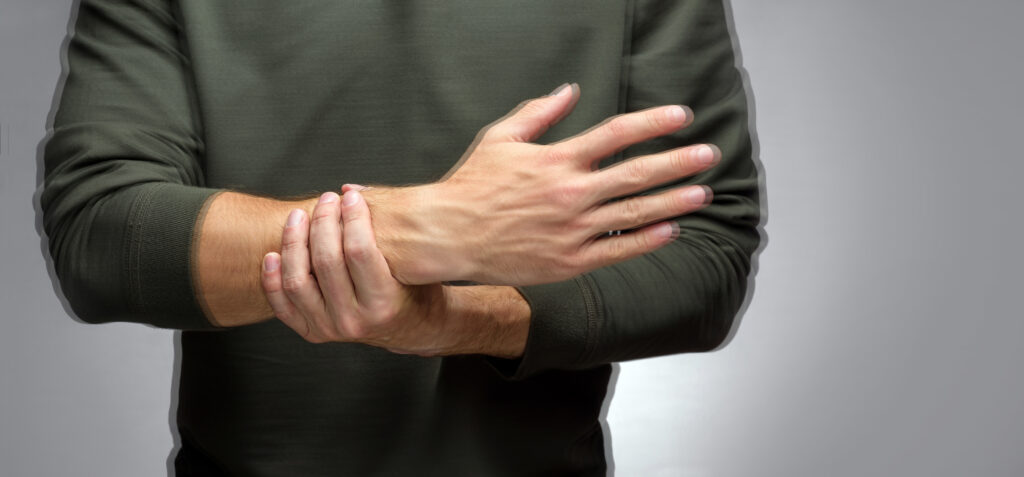- Home
- About
- Team
- FOR PATIENTS
- FOR PROVIDERS
- Newsletter Sign Up
- CONTACT
- SCHEDULE A VISIT
Our physical therapists at Pain Science Physical Therapy are specialized in treating patients with Parkinson’s disease.

Parkinson’s disease (PD) is a degenerative and progressive disease that affects the brain which in turn affects the body. The cells in the part of the brain that is affected, called the substantia nigra, are damaged and begin to die.1 This causes the brain to not cue the proper movements or execute them smoothly. Balance, movement form, coordination, and posture slowly become less controlled.
Currently, PD has no cure. However, symptoms can become more manageable with medication and physical therapy.
Research has yet to discover the cause of PD. However, some cases appear to be caused by family history while others are caused by external factors.2
Parkinson’s disease symptoms include:
Parksinson’s disease is diagnosed by medical professionals who observe symptoms. Physical therapists are sometimes the professionals that diagnose someone with PD.
There are no tests that can truly confirm the presence of PD. PD must be confirmed by observing multiple symptoms and ruling out similar diseases.1
Movement is extremely important for people with Parkinson’s disease. PD causes a loss of strength, which contributes to pain, difficulty with movement, and lack of balance. Through physical therapy, the muscles are strengthened using small weights and resistance devices. Beyond helping with strength, physical therapy provides exercises that improve mobility, flexibility, endurance, balance, and the likelihood and impact of falls.
There are four things that people with PD struggle with that are a large focus during the movement aspect of physical therapy:
Physical therapy also provides education on PD, training on mobility aids, suggestions for lifestyle changes, and education on pain.
Perhaps most importantly, physical therapy provides independence to people with PD. At Pain Science Physical Therapy, we believe that every person deserves the ability to move freely. If you believe you might have Parkinson’s disease, we are able to diagnose you by observing your symptoms during physical therapy sessions. Whether or not you already have been given a PD diagnosis or we provide you with one, you can find treatment for your symptoms by meeting with one of our skilled and experienced physical therapists. To schedule an appointment, call or text (206) 327-9880 or go to our online portal.
Resources:


